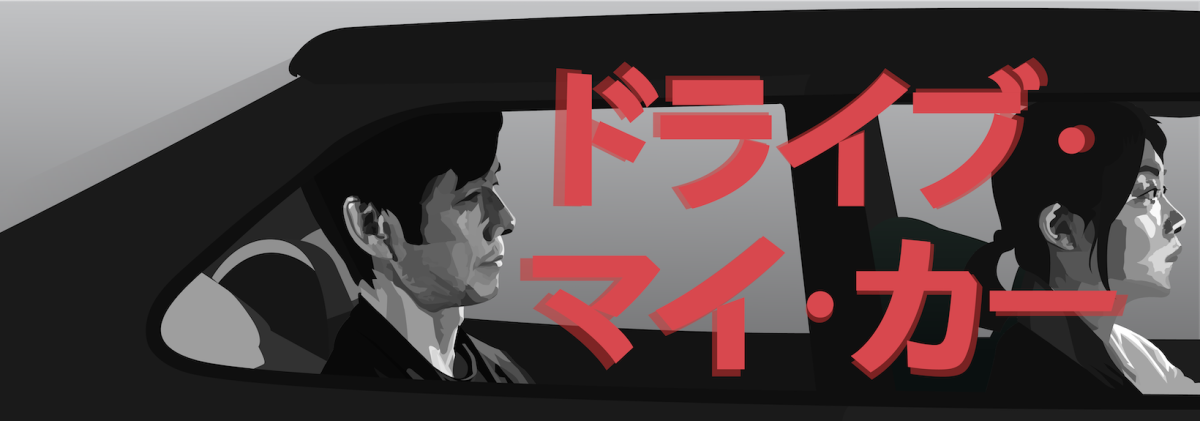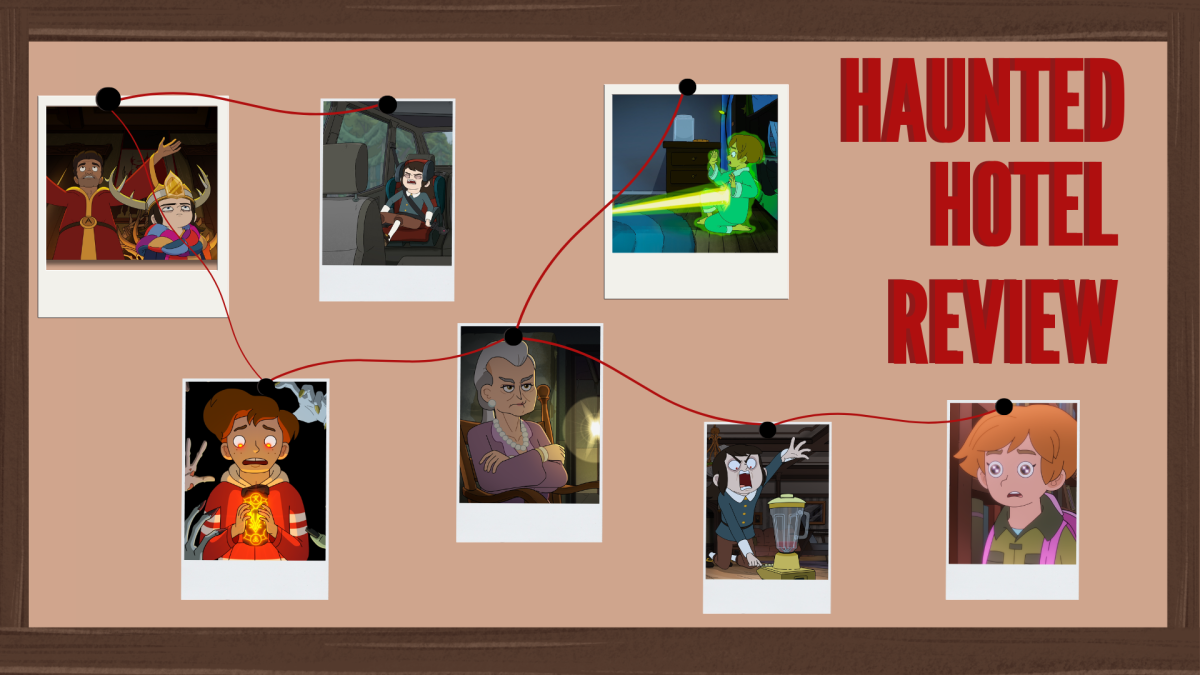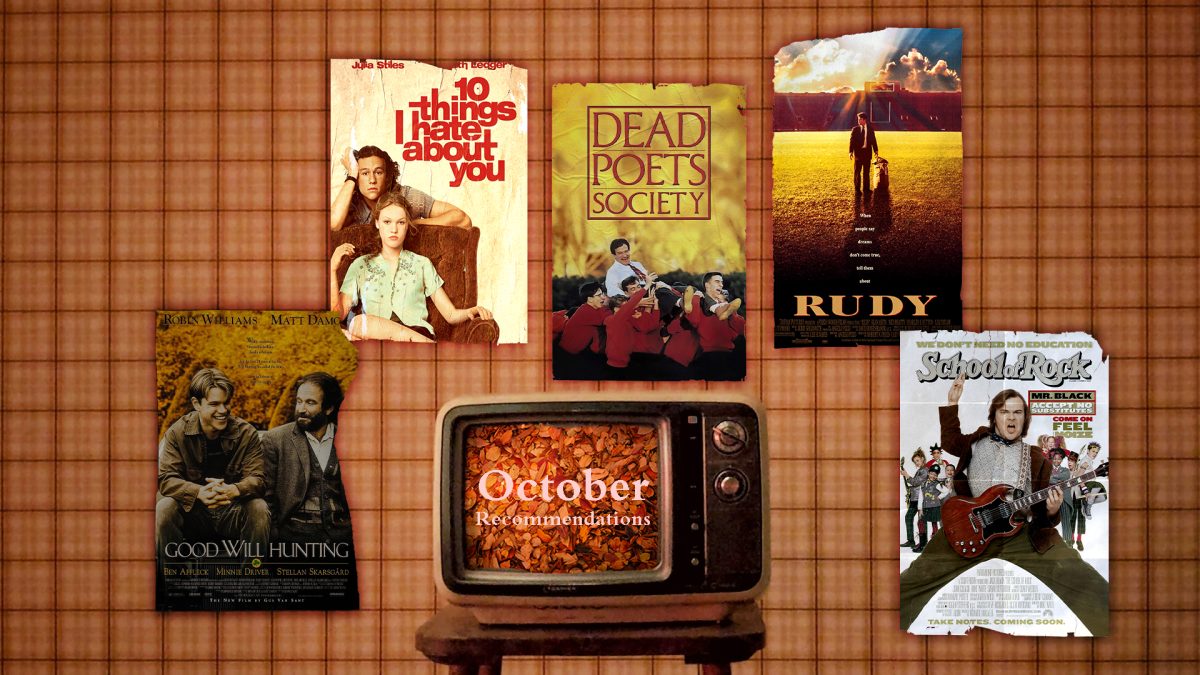There’s a moment in “Drive My Car” when a character exclaims “silence is golden.” This quote is a touchstone of the quiet atmosphere that is evoked in director Ryusuke Hamaguchi’s newest film. Released in Columbia theaters on Feb. 4, “Drive My Car” is a meditative odyssey of love and loss and the cathartic connections that can aid the pain.
Through the eyes of protagonist Yusuke Kafuku (Hidetoshi Nishijima), we are inserted into the world of a man harboring great distress and the bright red Saab 900 that is his mental sanctuary. Through its passive cinematography and its probing into the minds of characters, this film is a powerful evocation of the serious psychological complexities that cinema has the power to express.
Based on a short story from Haruki Murakami’s “Men Without Women,” Hamaguchi greatly expands upon the work of an author whose writing is infamously difficult to adapt. Following the protagonist, Kafuku, we are immediately inserted into the close relationship between him and his wife Oto (Reika Kirishima). She can be seen spouting complex narratives upon lovemaking, her unique sensibilities aiding her as a screenwriter and creating a strange, but tight bond with her husband. Their relationship is the central dynamic in our introduction; things become more complicated when Kafuku catches his wife cheating with an up-and-coming actor. He decides to suppress this information internally, highlighting his reserved nature and deep fear of losing his wife.
While that may already sound dense, this is merely the prologue — the opening credits stylishly dropping 40 minutes into the film. Frankly, the 179-minute runtime may be intimidating to the average viewer, though there is no need to fret over its colossal length. Hamaguchi handles this story with great care, telling this harrowing tale at a calculated, relaxed pace. The Japanese filmmaking phenom has great experience handling this sort of length — his first major feature, Happy Hour, clocks in at an astonishing 317 minutes. With “Drive My Car,” Hamaguchi taps into his sensibilities of quiet storytelling to create immense intrigue and mystery within his characters. The length serves to the benefit of the tone of the film, allowing for scenes to play in full and “small” moments to become large.
After the tragic passing of his wife, Kafuku traverses life on his own; lost, fragile and grasping for a sense of “normal.” Being a talented theater performer, he embarks upon a new, multilingual production adapting Anton Chekhov’s Uncle Vanya. This play, like most of Chekhov’s work, is a deep emotional examination that tends to consume its players. The emotional fragility of Kafuku is on display as he refuses to play the starring role of Vanya again for fear it will force him to confront his inner sorrow.
His car, once a sacred place of introspection, is essentially taken from him as the production company assigns him a driver, Misaki (Toko Miura). Through initial resistance, Kafuku accepts the expertise of Misaki and finds a new way to grapple with his reflective habits. It is no surprise that these two eventually bond, — Misaki harboring similar feelings of grief and moral heartache.
Combining a group of theater performers whose tongues range from Mandarin to English to Korean sign-language, the performers are left to understand each other on a sensory level beyond words. Hamaguchi seems obsessed with the nature of performance — not only his actors’ ability to express but with his emphasis upon feeling in his work.
The lead performance from Nishijima is one of the best of 2021; the emotional complexity and nuance he is able to give Kafuku is beyond praise. In addition, supporting roles from actors like Masaki Okada and Miura bring the world of “Drive My Car” to life. The dialogue is direct, aptly delivered as honest and straightforward, an attribute Hamaguchi describes as “necessary” to his work.
The sprawling nature of such a story has the potential to yield boredom or static, but Hamaguchi and editor Azusa Yamazaki go through great effort to avoid this. The editing gives this film a sense of rhythm, flowing the images together in a seamless manner through various times and locations. Yamazaki exhibits his command through the use of match-cuts (an edit that uses elements of a scene to transition into another) and he often focuses upon sound to give the film its abstract structure.
There is an impressive display of filmic control happening within “Drive My Car.” The prolific, young Hamaguchi combines his knack for melodrama with meticulous visual storytelling to create his most powerful film yet. As it racks up a Japanese film record of four Oscar nominations (including Best Picture and Best Director), “Drive My Car” looks to give the East its proper recognition in a largely Western-dominated ceremony. Audiences looking for mentally stimulating, idiosyncratic narratives will fall in love with this film. In a congested field of greenscreens, mindless action and shallow characterization, “Drive My Car” is an unflinching masterpiece from one of cinema’s brightest young minds.
Edited by Lucy Valeski | [email protected]














